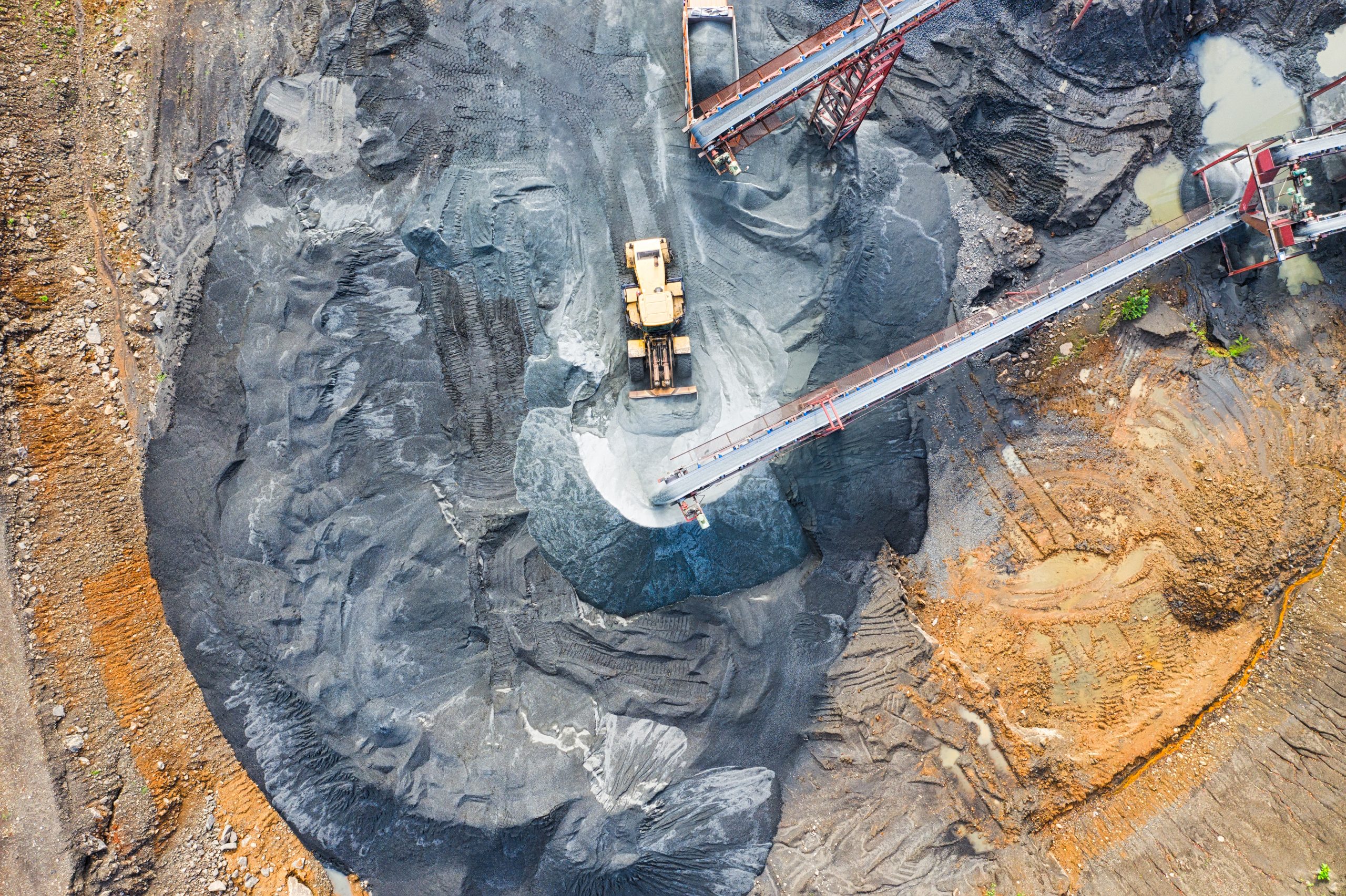Being sensitive means being smart
Nowadays, sensors support the everyday life of millions of consumers (in terms of, i.e.,: power, water, gas, transportation, urban, telecommunication, etc.), and brings new advantages by optimizing the usage of the resources, reducing wastes, preventing accidents, improving health, reducing social costs and saving on maintenance and repair.
For instance: “Smart city” is a €2 Trillion global market where hardware and software is the largest segment with a stunning yearly growth.
Conventional electronic sensors have limitations in terms of installation costs & time, power supply, communication range, reliability and durability.
The integrated distributed acoustic, strain and temperature sensor represents a new disruptive sensing technology that can turn existing optical fiber networks into millions of sensors for SOUNDS, TEMPERATURE and DEFORMATION and fill a larger gap towards the mass-adoption of smart cities and smart infrastructures.
Our Mission
The main objective of EU-supported service of dastsensing.net is to provide free-access application-support resources related to distributed acoustic strain & temperature sensing to research institutes, SMEs and larger companies.
Distributed Acoustic Strain & Temperature (DAST) Optical Fibre Sensing is a powerful lightwave technology encompassig Brillouin sensing (BOTDA) with Distributed Acoustic Sensing (DAS) for measuring and mapping vibrations, temperatures, deformations and pressures in thousands of industrial, civil and environmental applications.
More sensors means more control
If you can control something you can:
- improve it,
- make it safer,
- use it more easily.
Such technology combines Brillouin analysis and phase-Sensitive reflectometry to create a “sensor” made of light pulses that travels along a fibre and reads it individually at any point, bringing a novel unique value proposition:
- distributed sensing: any point of multi-km cables becomes an independent sensor;
- works on standard telecom fibres, i.e. already installed in urban networks, cutting installation cost and time;
- multi-modal sensing: measures multiple physical parameters (heat, strain, sounds) higher flexibility, wider application range, more reliable anomaly detection using a cross-correlation between different parameters.



